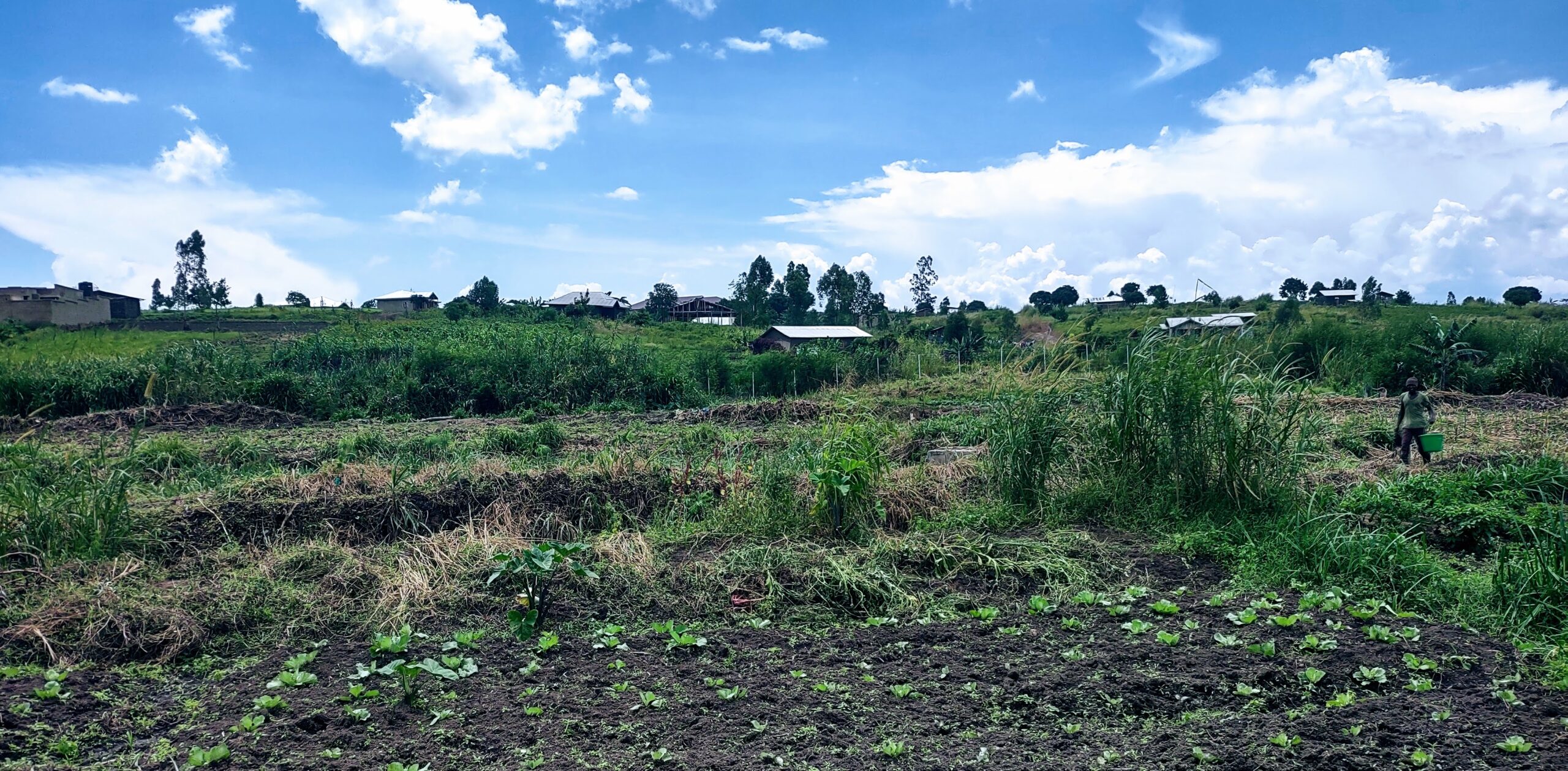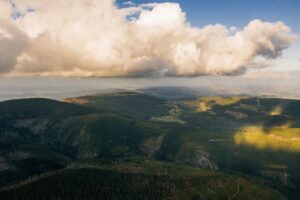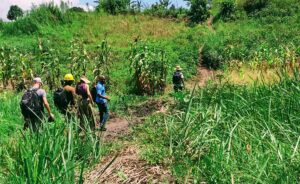History of the Democratic Republic of Congo

History
Geographical Situation and Size
 The Democratic Republic of Congo is one of the 54 countries on the continent of Africa. Located in the center of the continent, DRCongo is the second largest country by land area with 2.354.000 Km2.
The Democratic Republic of Congo is one of the 54 countries on the continent of Africa. Located in the center of the continent, DRCongo is the second largest country by land area with 2.354.000 Km2.
Independence
The independence of Congo occurred on June 30, 1960. Before then, Congo was colonized and ruled by Belgium between 1908 and 1960. Before that period, it was a private possession of King Leopold II of Belgium from 1885 to 1908. Many years before then, the territory of Congo was the center of trade where all kinds of goods were exchanged including jewelry and textiles which were exchanged for copper, ivory, and even slaves. The slave trade caused major depopulation and conflicts between the ethnic groups, weakening them all as kingdoms. Over 10 million Congolese were killed under the rulership of Leopold II in the Congo.
Natural Resources and Insecurity
 When it comes to natural resources, the Democratic Republic of Congo is considered the world’s richest country with roughly the wealth estimated $24 trillion of raw minerals which leads several neighboring and foreign countries to covet Congo, thus causing insecurity in the eastern where these minerals are found in abundance. For the last two decades, over 15 million of Congolese were killed, several tens of thousands of women raped, minor children forced into mining labor and hundreds of armed groups seeking to protect their lands.
When it comes to natural resources, the Democratic Republic of Congo is considered the world’s richest country with roughly the wealth estimated $24 trillion of raw minerals which leads several neighboring and foreign countries to covet Congo, thus causing insecurity in the eastern where these minerals are found in abundance. For the last two decades, over 15 million of Congolese were killed, several tens of thousands of women raped, minor children forced into mining labor and hundreds of armed groups seeking to protect their lands.
The Church
The church in the Democratic Republic of Congo represents 95% of the population of the entire country. This percentage includes members of churches with affiliation to three main Church Unions: the Catholic Church, the Revival Churches and the Protestant Church known as the Church of Christ in Congo (Eglise du Christ au Congo- ECC). As far as our church is concerned, the Baptist Church in Central Africa (CBCA) belongs to the latter group of Churches which is formed of 64 denominations.
The missionaries who went to start the CBCA were sent from Biola University in Southern California. Charles Hurlburt had returned home from Africa (Kenya and Congo mostly) where he had been for over twenty years establishing Africa Inland Mission (UAM). Upon his arrival in the USA in the 1920s and based on his experience on the mission field in Africa, Biola recruited him to help nurture the missional mindset and cross-cultural vision within Biola. But in 1926, he got some funds to send his son Paul Hurlburt together with some Biola graduates to Congo for a long-term mission trip. Paul and the team started some small mission stations which increased to over 800 congregations, over 500 schools, and a over hundred health facilities.
The Need
The great need of the church in DRC includes the need for training on discipleship and preparing future generations for the general harvest. This need is based on the fact that in the year 2050, the church of Africa will be the epicenter of the sending movement of missionaries within the continent of Africa and to the rest of the world.
The main need of the people of Congo is a peaceful environment that would allow the people in DRC to work and develop their country and their people in different sectors of society.
Congo and Beyond is attempting to meet the needs of training and disciplining the next generation of African leaders. In the religious sector, this is happening as we bring together retired pastors with younger pastors in a weekly-based program. These programs help the retired pastors invest and outpour their long-life experience and wisdom into a newer generation of God’s servants who would pass the same to the upcoming generations. In this regard, Congo and Beyond longs to contribute to preparing, disciple, and nurturing future African leaders/missionaries while drawing from the experience and wisdom of the elders.
